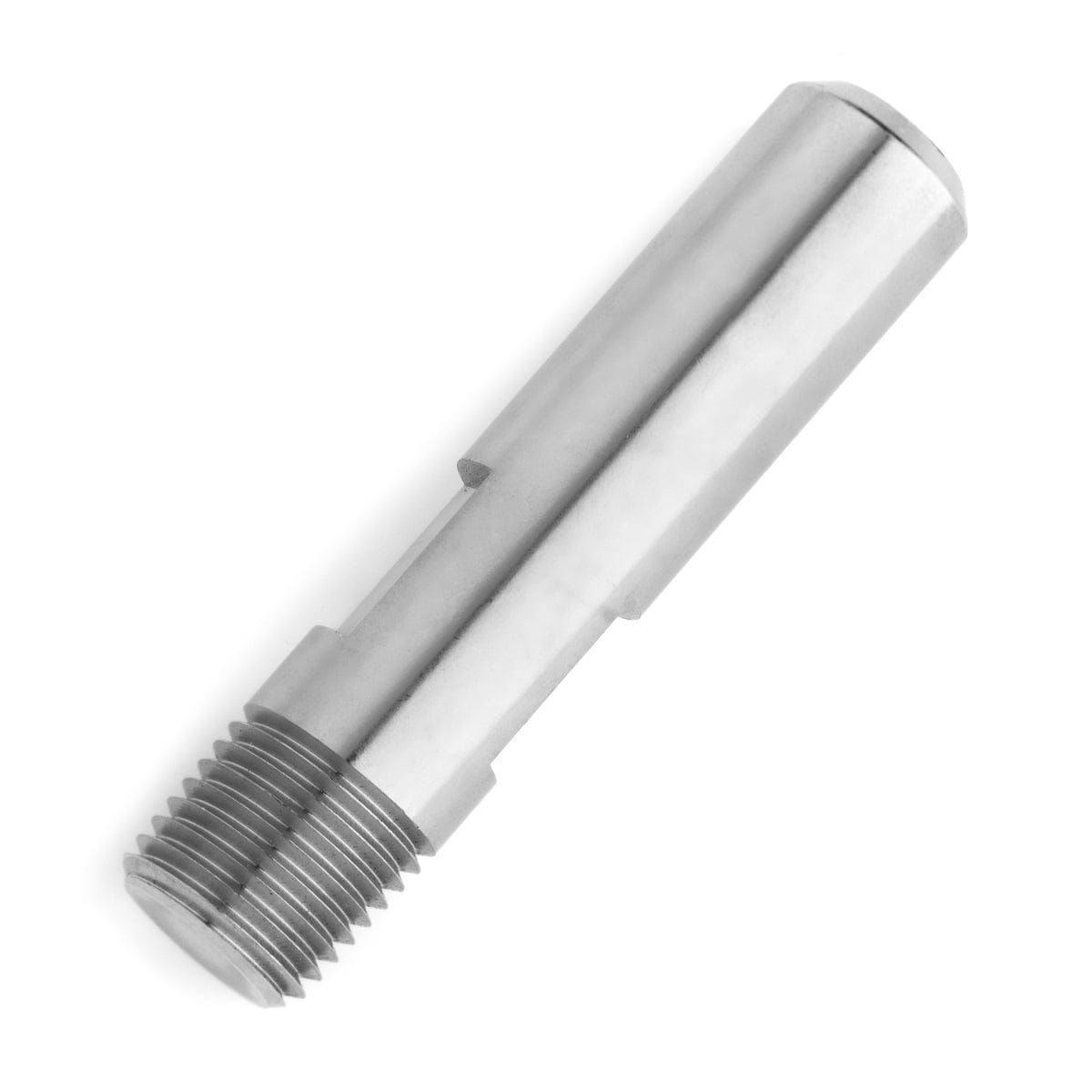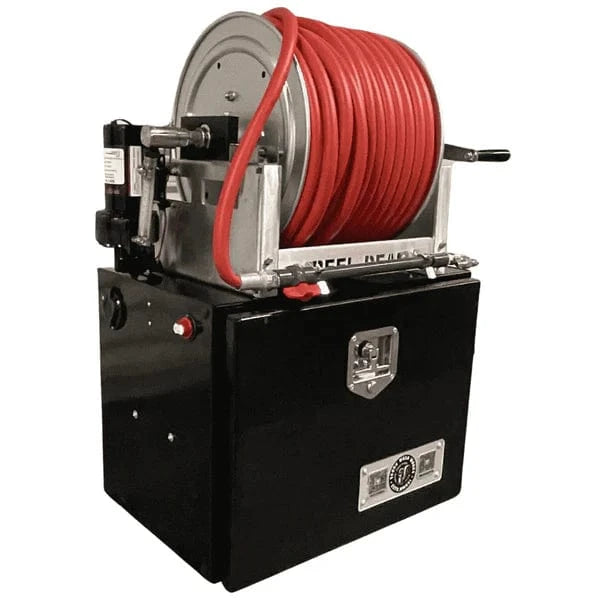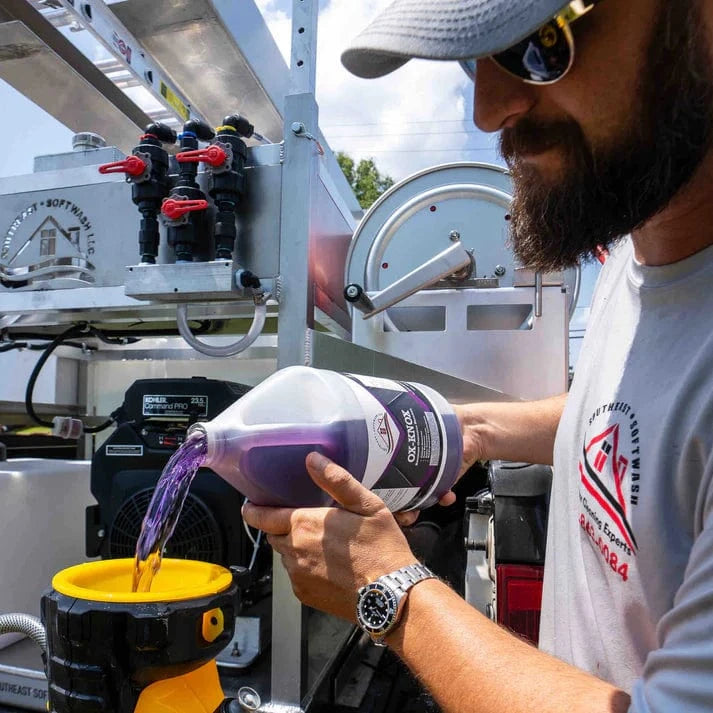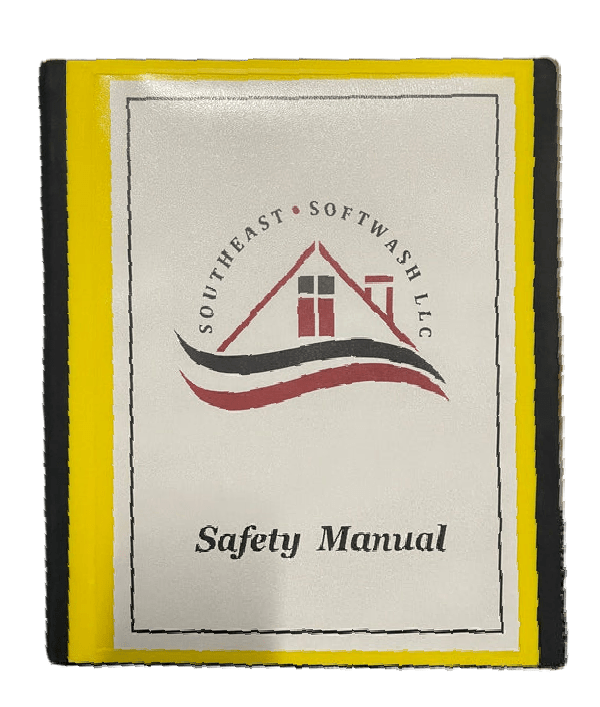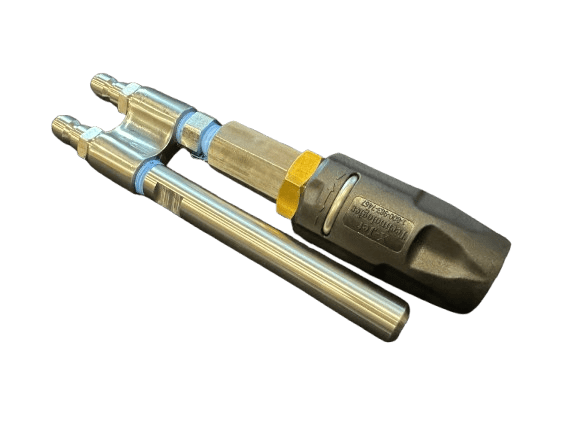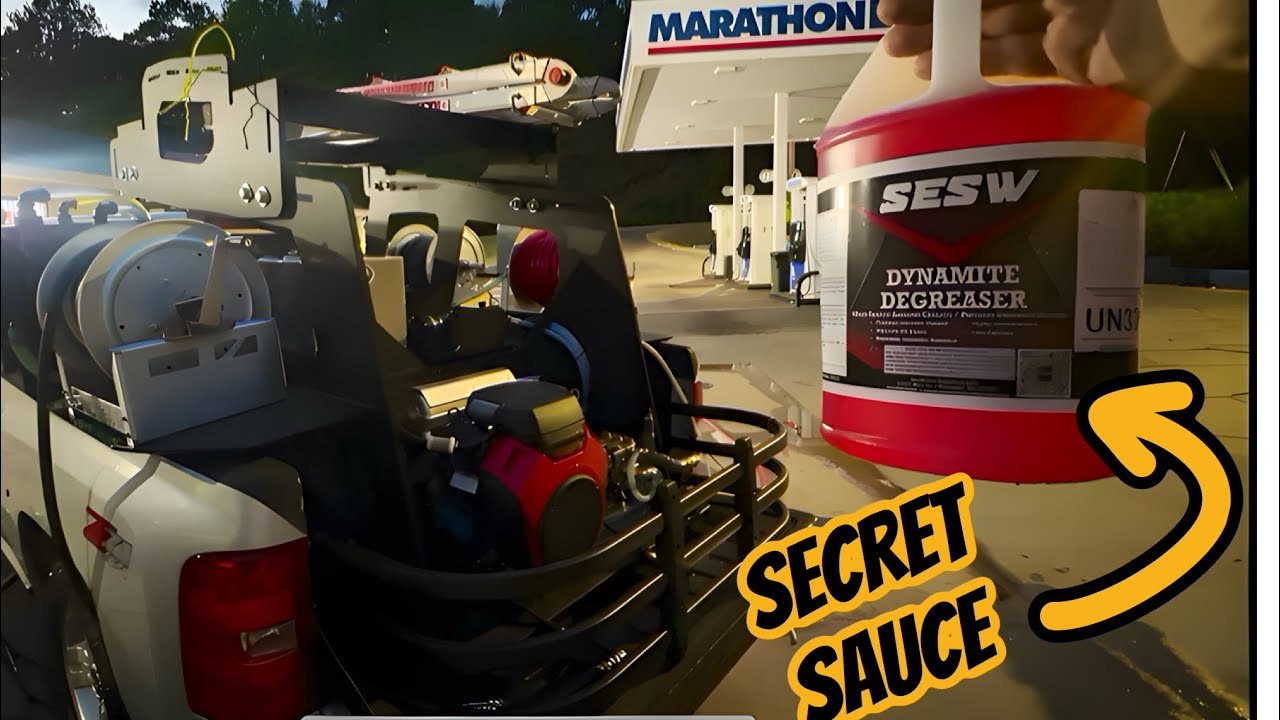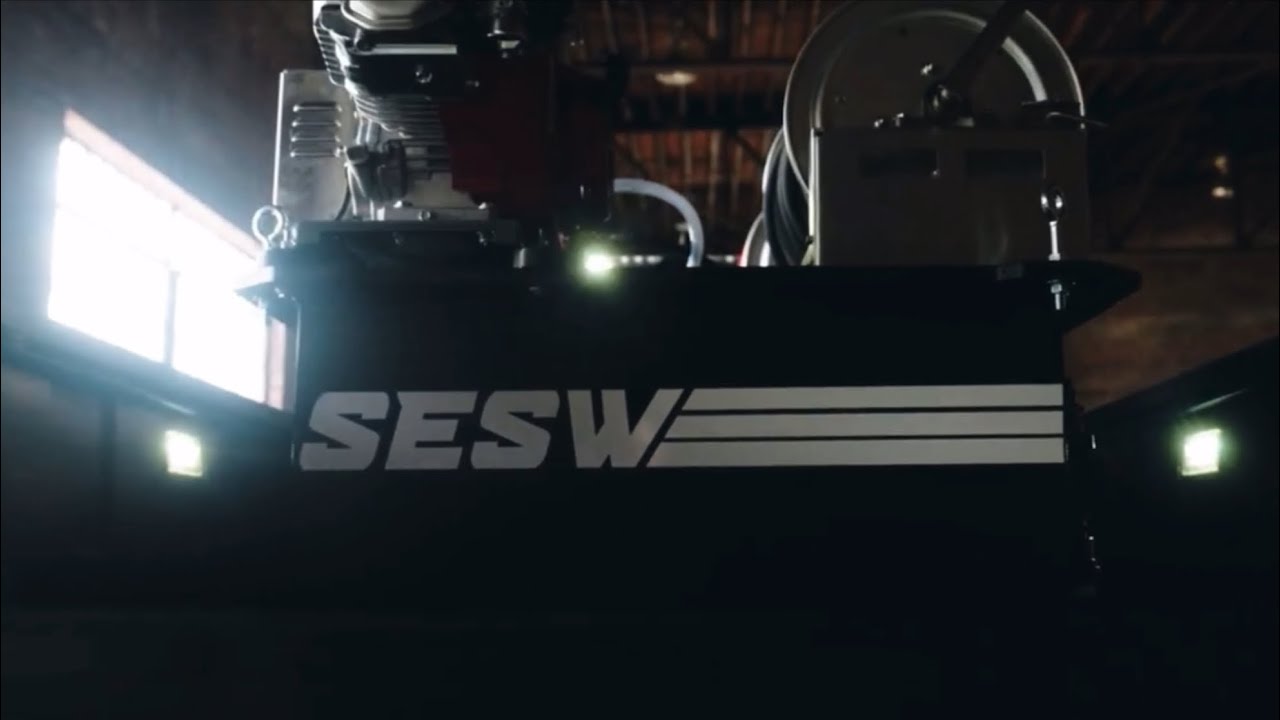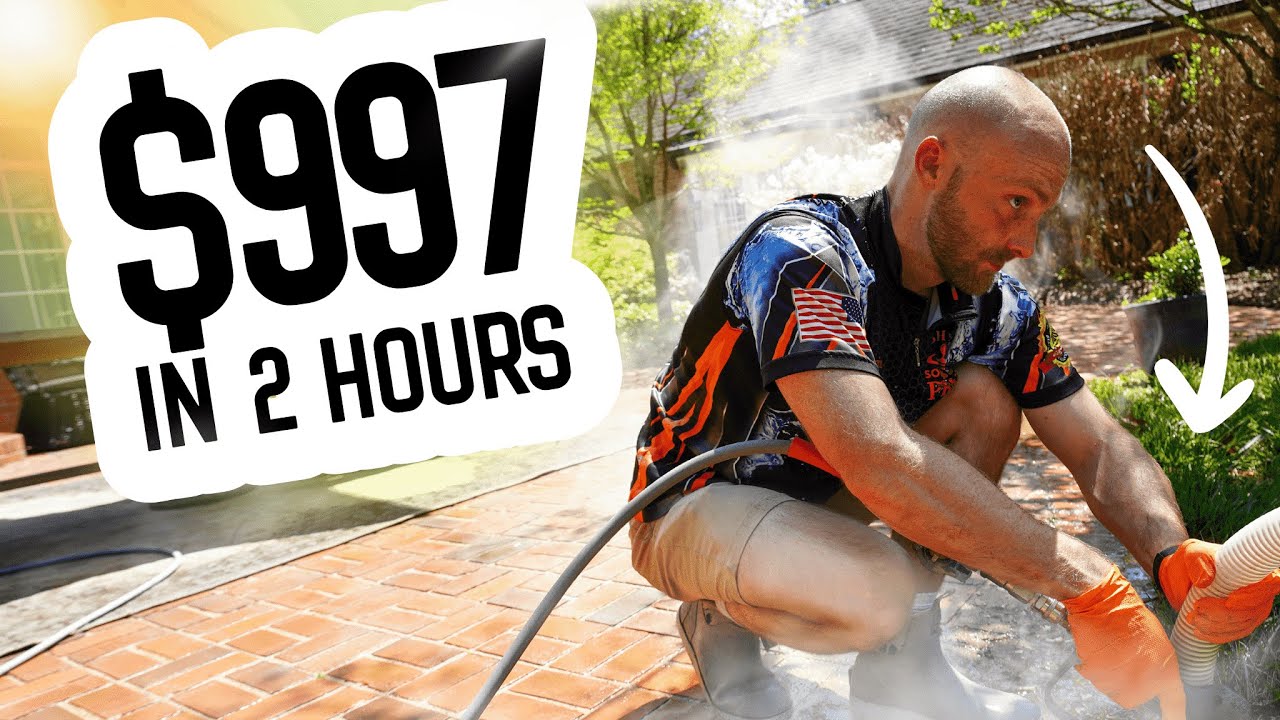Cleaning a building that has never seen a proper wash can be a daunting task, but with the right techniques and products, it becomes manageable and rewarding. Today, we'll dive into the nitty-gritty of using bleach for cleaning heavily soiled surfaces and how to protect your plants during the process.
The Challenge: Cleaning an Extremely Dirty Building
Imagine tackling a building that hasn't been cleaned in years, if ever. We recently took on such a project, and it was clear that this building needed a thorough wash. The black stains and algae growth were intense, requiring a strong bleach solution to restore the building's appearance.
Comment below what percent of bleach you think we're going to need to use to get this black stuff off, and I'll reveal the answer at the end of this post!
Getting the Right Bleach Concentration
Our first attempt at cleaning didn't go as planned. The initial bleach mix wasn't strong enough to remove the tough stains. We had to increase the concentration, demonstrating the importance of adjusting your solution based on the severity of the grime.
Here's a tip: if you're batch mixing and can't adjust your strength, you might find yourself in a tough spot. A blend manifold that allows for on-the-fly adjustments can be a lifesaver.
Protecting Plants with Plant Protect
While bleach is effective for cleaning, it's also harmful to surrounding vegetation. This is where Plant Protect comes into play. Spray it on shrubbery and outdoor (non-edible) plants before and after using bleach. It helps shield plants from bleach exposure, ensuring they remain healthy and unharmed.
Steps to a Successful Clean
- Initial Assessment: Determine the severity of the grime and select the appropriate bleach concentration.
- Plant Protection: Use Plant Protect on all nearby plants before starting the cleaning process.
- Application: Apply the bleach solution, adjusting the concentration as needed.
- Reapplication: Some areas may require a second pass to fully remove stubborn stains.
- Final Rinse: After cleaning, rinse the area thoroughly and reapply Plant Protect to the plants.
Results and Reflections
After adjusting our bleach mix and reapplying, the building began to look significantly better. Stubborn algae spots that held on initially were eradicated with the right concentration. The sidewalks and additional areas were also cleaned, leaving the property looking fresh and well-maintained.
The Importance of Proper Equipment
Having the right equipment and knowing how to use it is crucial. A professional setup with a blend manifold can make a significant difference in the efficiency and effectiveness of your cleaning process.
A Quick Question: Who goes to the Ford dealership and says, "Show me your battery-powered Mustang SUV"? It's all about knowing what works best for your needs—just like choosing the right cleaning equipment and solutions.
Conclusion
Cleaning heavily soiled buildings can be challenging, but with the right bleach concentration and plant protection, it becomes a manageable task. Always protect your plants with Plant Protect and ensure you have the proper equipment to achieve the best results.
Ready to transform dirty buildings while keeping the surrounding plants safe? Try Plant Protect and see the difference it makes!


